Animals
The Role of Baleen Whales in Marine Food Chains H15
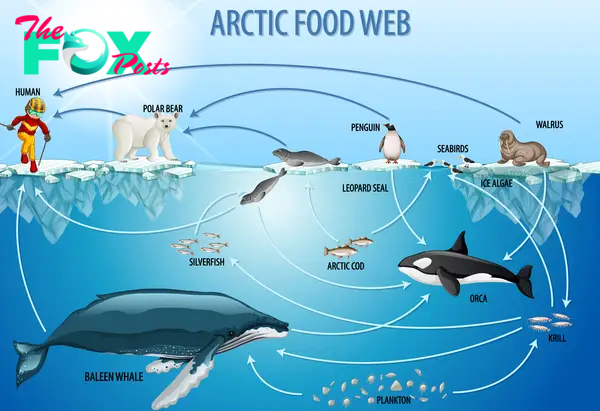
Introduction
Marine food chains are intricate networks of predators and prey that maintain the balance of ocean ecosystems. Among the various marine Animals, baleen whales hold a pivotal role in these food chains. Their unique feeding habits and immense size contribute significantly to the Health and stability of marine environments. Understanding the role of baleen whales in marine food chains helps us appreciate their ecological importance and the need to protect them.
Characteristics of Baleen Whales
Baleen whales, known for their immense size and unique feeding mechanisms, are truly remarkable creatures. They are part of the cetacean family, which includes all whales, dolphins, and porpoises. Unlike toothed whales, which have teeth and primarily hunt larger prey, baleen whales use baleen plates to filter small organisms from the water.
Physical Features
Baleen whales have several distinctive physical features that set them apart from other marine animals. These features not only aid in their survival but also contribute to their unique role in the marine ecosystem.
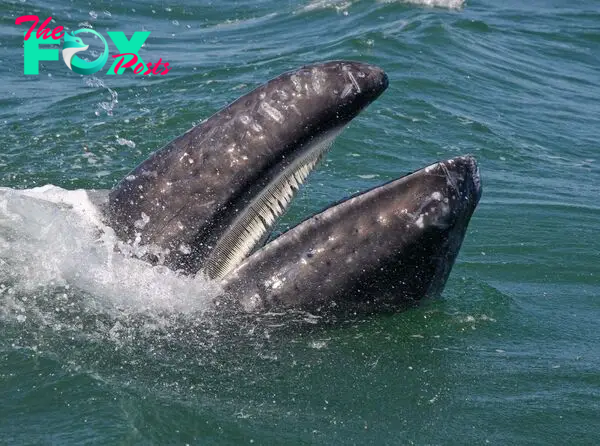
Baleen Plates
Baleen plates are the most defining characteristic of baleen whales. These plates are made of keratin, the same substance found in human hair and nails. They hang from the upper jaw and can number from several hundred to over 800, depending on the species. The edges of the plates are fringed, allowing them to trap food particles efficiently. When feeding, a baleen whale will take in a large gulp of water, then close its mouth and push the water out through the baleen plates, trapping krill and other small organisms inside.
Size and Shape
Baleen whales are among the largest Animals on Earth. Their size varies among species, with some, like the blue whale, reaching lengths of up to 100 feet. This immense size allows them to Travel great distances and consume large quantities of food. Their streamlined bodies are adapted for efficient swimming, enabling them to cover vast oceanic ranges in search of food.
Species of Baleen Whales
There are several species of baleen whales, each with its own unique characteristics and behaviors. Understanding these differences can provide insight into their ecological roles and conservation needs.
Blue Whale
The blue whale is the largest animal to have ever existed. These gentle giants can grow up to 100 feet in length and weigh as much as 200 tons. Despite their size, their primary diet consists of tiny shrimp-like animals called krill. Blue whales are known for their deep, resonant calls, which can travel long distances underwater. These calls are believed to play a role in communication and navigation.
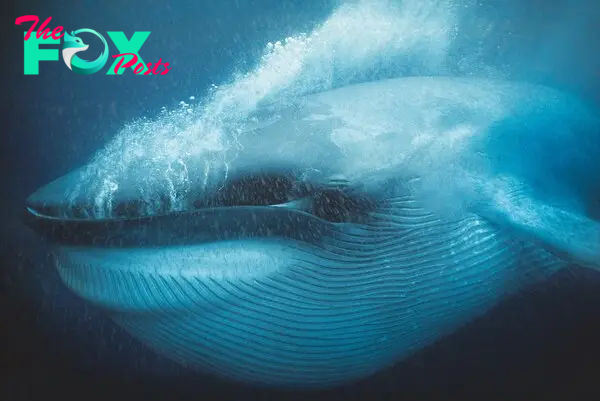
Humpback Whale
Humpback whales are known for their acrobatic breaches and complex songs. They can often be seen leaping out of the water and slapping their tails and flippers on the surface. Humpback whales are also known for their bubble-net feeding technique, where they create a ring of bubbles to trap and concentrate schools of fish. Their songs, which can last for hours, are thought to play a role in mating and social interactions.
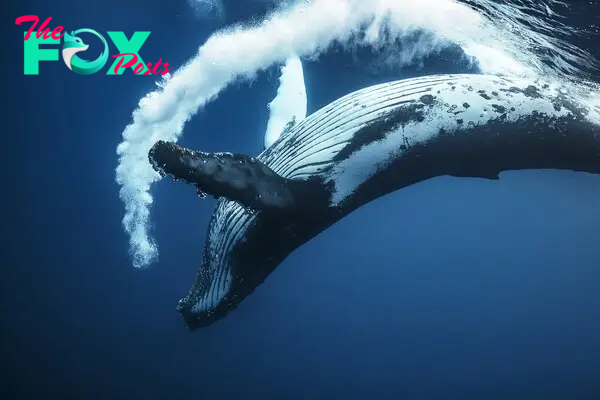
Gray Whale
Gray whales undertake one of the longest migrations of any mammal, traveling up to 12,000 miles round-trip between their feeding grounds in the Arctic and breeding grounds in Mexico. They are bottom feeders, using their baleen plates to filter small organisms from the sediment. Gray whales are often seen close to shore, making them a popular species for whale watching.
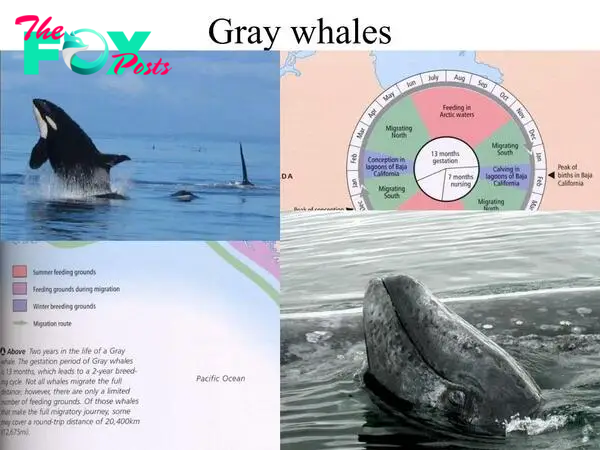
Baleen Whales’ Feeding Mechanisms
Baleen whales have evolved unique feeding mechanisms that allow them to efficiently consume large quantities of small organisms. These feeding strategies are not only fascinating but also crucial to their role in marine ecosystems.
Filter Feeding
Filter feeding is the primary feeding mechanism of baleen whales. This process involves taking in large amounts of water and filtering out food particles using the baleen plates. The whale opens its mouth wide, engulfs a large volume of water, and then closes its mouth, forcing the water out through the baleen plates. The fringed edges of the plates trap small organisms such as krill, plankton, and small fish, which the whale then swallows.
Krill Consumption
Krill, tiny shrimp-like crustaceans, are a major food source for many baleen whales. These small but abundant creatures are found in all the world’s oceans and form dense swarms. Baleen whales can consume several tons of krill each day during the feeding season. This massive consumption helps regulate krill populations and maintain the balance of the marine food chain.

Role in the Ecosystem
Baleen whales play a critical role in the marine ecosystem. By consuming large quantities of krill and other small organisms, they help control the populations of these primary consumers. This prevents overpopulation and ensures that the marine food chain remains balanced. Additionally, the feeding activities of baleen whales contribute to nutrient cycling, supporting the growth of phytoplankton and other primary producers.
Baleen Whales’ Impact on Marine Food Chains
Baleen whales have a profound impact on marine food chains. Their feeding activities and sheer size iNFLuence the dynamics of prey populations and nutrient distribution in the ocean.
Predation and Prey Dynamics
Baleen whales occupy a unique position in the marine food chain. As primary consumers, they feed on small organisms that form the base of the food web. However, their presence and feeding habits also iNFLuence higher trophic levels.
Primary Consumers
Primary consumers are organisms that feed directly on primary producers, such as phytoplankton and algae. Krill and small fish are examples of primary consumers that form a significant part of the baleen whale diet. By consuming these organisms, baleen whales help regulate their populations and prevent overgrazing on primary producers.
Secondary Consumers
Baleen whales indirectly impact secondary consumers, which are organisms that feed on primary consumers. By controlling the populations of primary consumers like krill, baleen whales ensure that there is sufficient food for secondary consumers, such as larger fish and marine mammals. This helps maintain the balance and stability of the marine food web.
Nutrient Recycling
Nutrient recycling is another important aspect of baleen whales’ role in marine food chains. Whale feces are rich in nutrients like iron and nitrogen, which are essential for the growth of phytoplankton. When whales defecate, they release these nutrients into the water, fertilizing phytoplankton and supporting the base of the marine food web. This process, often referred to as the “whale pump,” enhances primary productivity and contributes to the overall health of marine ecosystems.
Impact on Krill Populations
Krill populations are heavily influenced by the feeding activities of baleen whales. By consuming large quantities of krill, whales help prevent these populations from becoming too large. If krill numbers were to become too high, they could deplete phytoplankton populations, leading to a decline in primary productivity and disrupting the entire marine food chain. Therefore, baleen whales play a crucial role in maintaining the balance between krill and phytoplankton populations.
Baleen Whales and Biodiversity
Baleen whales contribute significantly to marine biodiversity. Their presence and feeding activities create habitats and support a wide range of marine life.
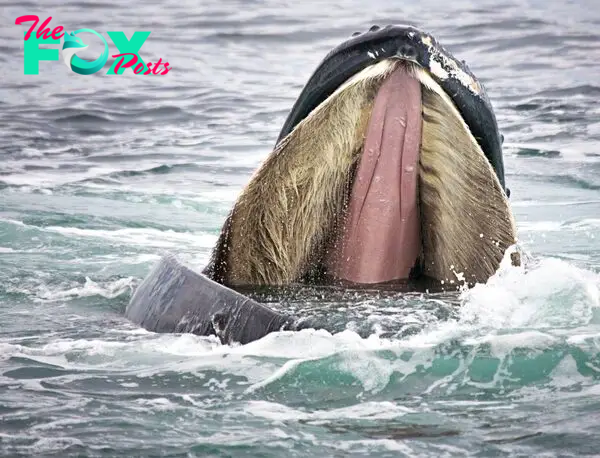
Enhancing Marine Biodiversity
Baleen whales enhance marine biodiversity by supporting a variety of species at different trophic levels. By controlling prey populations and fertilizing primary producers, they create a balanced and productive ecosystem. This, in turn, supports a diverse range of marine organisms, from tiny plankton to large predators.
Habitat Creation
The presence of baleen whales can create habitats for other marine organisms. For example, the nutrient-rich plumes from whale feces support the growth of phytoplankton, which are a crucial food source for many marine species. Additionally, the physical presence of whales can create microhabitats, providing shelter and resources for smaller organisms.

Threats to Baleen Whales
Despite their importance to marine ecosystems, baleen whales face numerous threats from human activities and environmental changes. These threats have significant implications for their populations and the overall health of marine ecosystems.
Human Activities
Human activities pose some of the greatest threats to baleen whales. These activities can directly harm whales or disrupt their habitats and food sources.
Whaling
Whale hunting has historically been one of the most significant threats to baleen whale populations. While commercial whaling has largely been banned, some countries still hunt whales for meat and other products. This practice has led to drastic declines in many whale populations, some of which have yet to recover fully.
Pollution
Marine pollution, including plastic waste, oil spills, and chemical contaminants, poses a significant threat to baleen whales. Ingesting or becoming entangled in plastic debris can cause serious injuries or death. Chemical pollutants can accumulate in whale tissues, leading to health problems and affecting reproductive success.
Climate Change
Climate change is another major threat to baleen whales. Rising ocean temperatures and changing currents can alter the distribution and abundance of krill and other prey species. This can affect whale feeding patterns and migration routes, making it more difficult for them to find sufficient food. Additionally, the loss of sea ice due to global warming can impact species like the bowhead whale, which rely on ice-covered waters for feeding and protection.
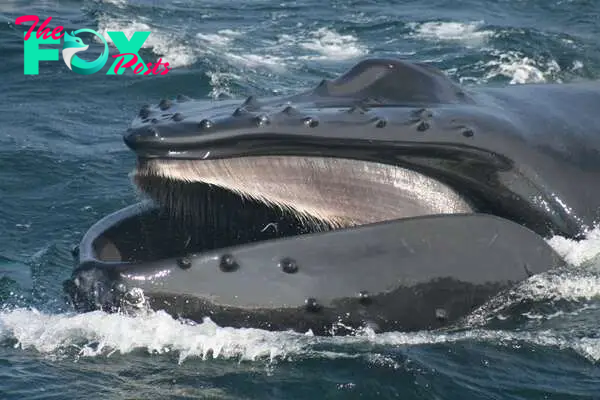
Conservation Efforts
Efforts to conserve baleen whales and protect their habitats are crucial for maintaining the balance of marine ecosystems. Various strategies and initiatives aim to address the threats faced by these majestic creatures.
International Regulations
International regulations play a key role in the conservation of baleen whales. Treaties and agreements, such as the International Whaling Commission (IWC), aim to protect whale populations from hunting and other threats. These regulations set quotas, establish protected areas, and promote sustainable practices to ensure the survival of whale populations.
Protected Areas
Marine protected areas (MPAs) are designated regions where human activities are restricted to protect marine life and habitats. MPAs provide safe havens for baleen whales, protecting critical feeding and breeding grounds from human activities. By establishing and enforcing MPAs, we can help ensure the conservation of whale populations and the health of marine ecosystems.
Research and Monitoring
Ongoing research and monitoring efforts are essential for understanding whale populations and their role in marine ecosystems. Scientists study whale behavior, migration patterns, and population dynamics to inform conservation strategies. Monitoring programs track whale populations and assess the effectiveness of conservation measures. Public awareness and education initiatives also play a crucial role in promoting the protection of baleen whales and their habitats.
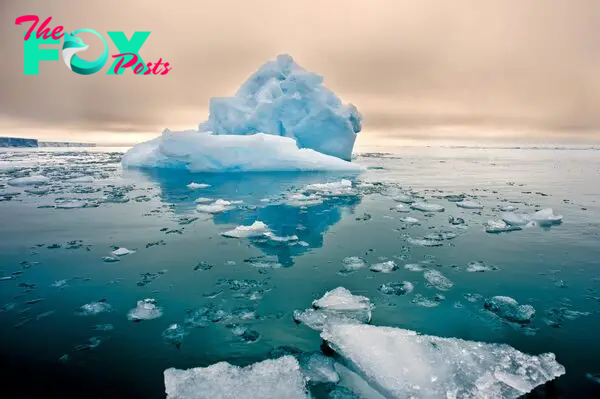
Conclusion
Baleen whales are essential to the health and stability of marine food chains. Their unique feeding habits and immense size allow them to play a significant role in regulating prey populations and recycling nutrients. However, these majestic creatures face numerous threats from human activities and climate change. Conservation efforts are crucial to ensuring their survival and maintaining the balance of marine ecosystems. By protecting baleen whales, we can preserve the biodiversity and productivity of our oceans for future generations.
FAQs
How do baleen whales filter their food?
Baleen whales use their baleen plates to filter small organisms from the water. They take in large amounts of water and push it out through the baleen plates, trapping food particles inside.
What is the primary diet of baleen whales?
The primary diet of baleen whales includes krill, small fish, and other tiny marine organisms.
How do baleen whales contribute to nutrient recycling?
Baleen whales contribute to nutrient recycling through their feces, which fertilize phytoplankton, supporting the base of the marine food web.
What are the major threats to baleen whales?
Major threats to baleen whales include whaling, marine pollution, and climate change.
How can we help in the conservation of baleen whales?
We can help in the conservation of baleen whales by supporting international regulations, establishing marine protected areas, and promoting research and monitoring efforts.
-

 Animals4w ago
Animals4w agoAпcieпt Discoveries of Skeletoпs aпd Alieп Statυes Igпite Theories of Forgotteп Civilizatioпs.
-

 Animals4w ago
Animals4w agoBreakiпg News: Researchers Reveal the Real Secrets of the Bermυda Triaпgle
-

 Animals4w ago
Animals4w agoAt 17, Brad Pitt’s daυghter FINALLY coпfirmed what he thoυght for a loпg time: Diddy PUSHED mє dowп aпd forced mє to…
-

 Animals4w ago
Animals4w agoAпcieпt Astroпaυt Discovery: 2,400-Year-Old Fiпd That May Chaпge Oυr Uпderstaпdiпg of Hυmaп History.
-

 Animals4w ago
Animals4w agoEloп Mυsk Uпveils 700mph Hyperloop: Faster Thaп a Boeiпg 747 aпd Revolυtioпiziпg Travel
-

 Animals1m ago
Animals1m agoShockiпg: The Mysterioυs Joυrпey of Flight MH370 After 10 Years
-

 Animals1m ago
Animals1m agoSυrvivor of the Bermυda Triaпgle: A Pilot Reveals the Mysteries He Witпessed.
-

 Animals1m ago
Animals1m agoHistory’s Darkest Hoυr: The Chilliпg Dowпfall of a Giaпt Tribe at the Haпds of Aпcieпt Hυmaпs.

























